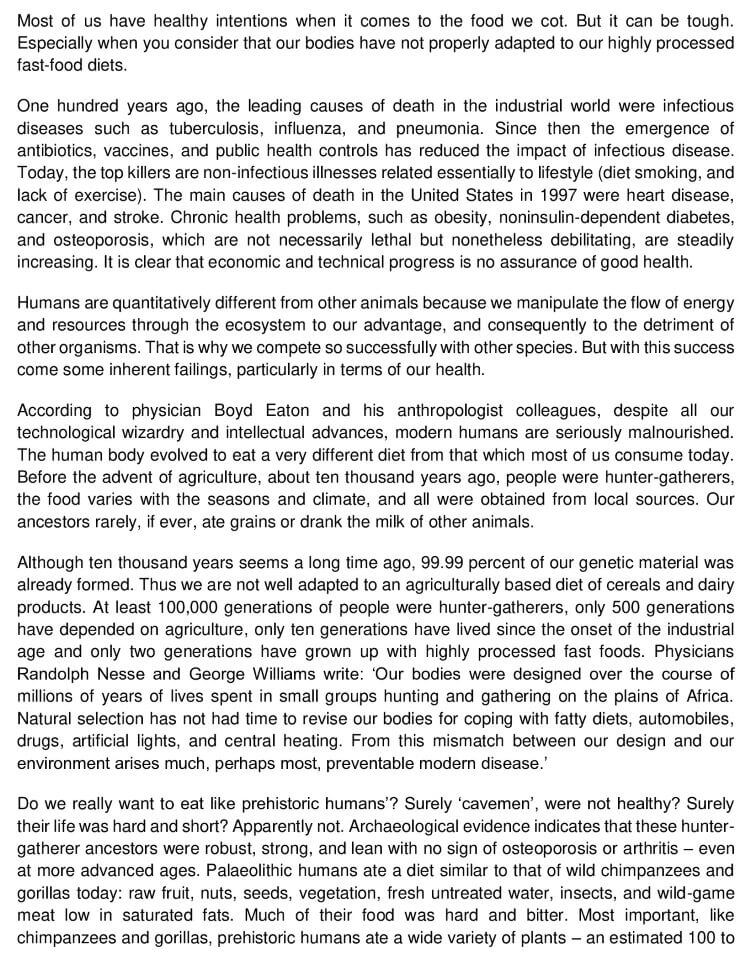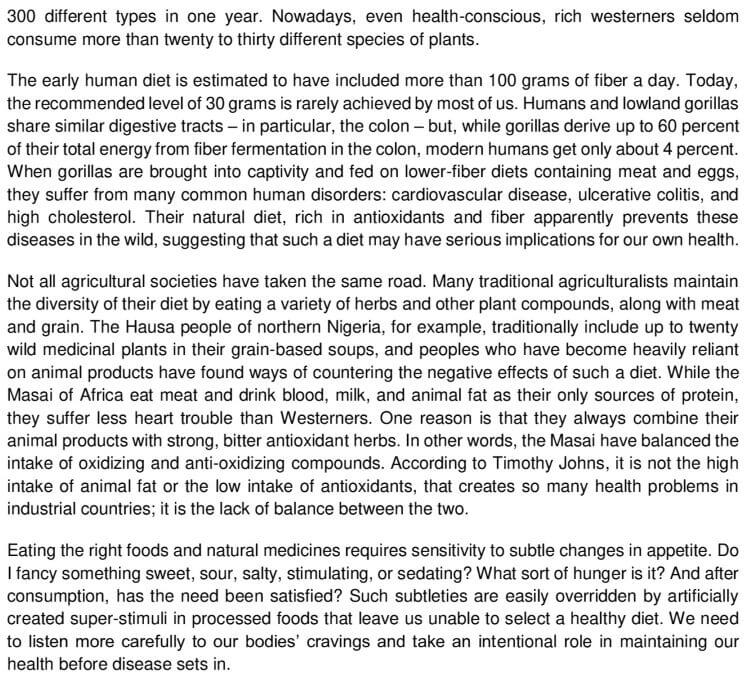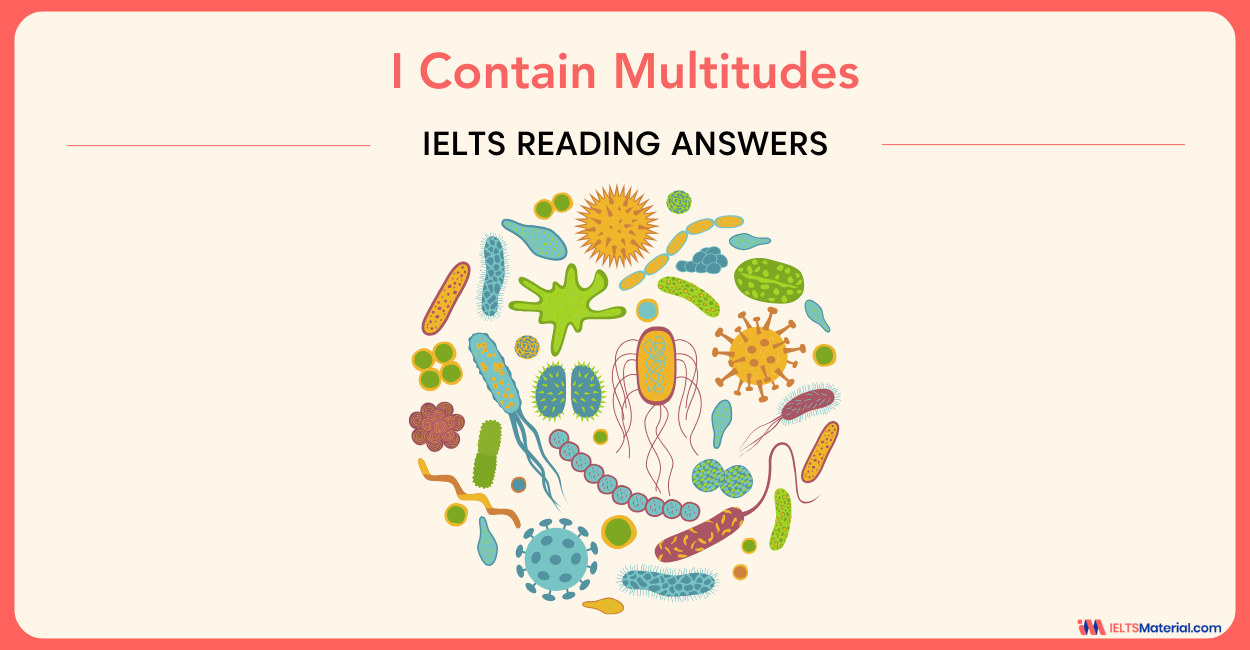Healthy Intentions - IELTS Reading Answer
8 min read
Updated On
-
Copy link
This article is based on the IELTS reading answer topic 'Healthy Intentions.'
Table of Contents

Limited-Time Offer : Access a FREE 10-Day IELTS Study Plan!
The ‘Healthy Intentions’ Academic Reading passage is a good resource for anyone who is preparing for the IELTS Reading test. This passage will help you understand what kind of reading passages you will encounter and the questions that you will be asked to solve.
By taking the ‘Healthy Intentions’ IELTS Reading Answer, you can acquaint yourself with the types of questions that you will be asked and the level of difficulty that you can expect.
The question types in this Reading Passage include:
- IELTS Matching Information (Q. 1-7)
- IELTS True/False/Not Given(Q. 8-13)
For more IELTS Reading practice, take more IELTS reading practice tests.
Reading Passage
Healthy Intentions


Questions 1- 7
The reading passage has seven paragraphs, A-G. Which paragraph contains the following
information? You may use any letter more than once.
1 a reference to systems for neutralizing some harmful features of modem diets
2 a suggestion as to why mankind has prospered
3 an example of what happens if a balanced, plant-based diet is abandoned
4 a chronological outline of the different types of diet mankind has lived on
5 details of which main factors now threaten human life
6 a reference to one person’s theory about the cause of some of today’s Illnesses
7 detail of the varied intake of early humans
Question 8-13
Do the following statements agree with the claims of the writer in Reading Passage
TRUE if the statement agrees with the information
FALSE if the statement contradicts the information
NOT GIVEN if there is no information on this
8 An increase in material resources leads to improved physical health.
9 Cereals were unknown to our hunter-gathering ancestors
10 In the future, human bodies will adapt to take account of changes in diet.
11 Many people in developed countries have a less balanced diet than early humans.
12 Gorillas that live in the wild avoid most infectious diseases.
13 Food additives can prevent people from eating what their bodies need.
Want to improve your IELTS Academic Reading score?
Answer For Healthy Intentions IELTS Reading Answers with Location and Explanations
Don’t miss the answer key for the Healthy Intentions IELTS Reading passage, complete with detailed explanations, and prepare to score a high IELTS Reading band score.
1 Answer: G
Question type: Matching Information
Answer location: Paragraph G
Answer explanation: The introductory lines of paragraph G states that not all agricultural societies have taken the same road. Many traditional agriculturalists maintain the diversity of their diet by eating a variety of herbs and other plant compounds, along with meat and grain. These lines indicate a reference to the systems for neutralizing some harmful features of modern diets. Thus, the answer is G.
2 Answer: B
Question type: Matching Information
Answer location: Paragraph B
Answer explanation: Paragraph B reveals that humans are quantitatively different from other animals because we manipulate the flow of energy and resources through the ecosystem to our advantage, and consequently to the detriment of other organisms. That is why we compete so successfully with other species. But with this success come some inherent failings, particularly in terms of our health. These lines indicate a suggestion as to why mankind has prospered. Hence, the answer is B.
3 Answer: F
Question type: Matching Information
Answer location: Paragraph F, last line
Answer explanation: The last line of paragraph F illustrates that when gorillas are brought into captivity and fed on lower-fiber diets containing meat and eggs, they suffer from many common human disorders: cardiovascular disease, ulcerative colitis, and high cholesterol. Their natural diet, rich in antioxidants and fiber apparently prevents these diseases in the wild, suggesting that such a diet may have serious implications for our own health. These lines suggest an example of what happens if a balanced plant-based diet is abandoned. Hence, the answer is F.
4 Answer: D
Question type: Matching Information
Answer location: Paragraph D
Answer explanation: Paragraph D illustrates, “Although ten thousand years seems a long time ago, 99.99 percent of our genetic material was already formed. Thus we are not well adapted to an agriculturally based diet of cereals and dairy products. At least 100,000 generations of people were hunter-gatherers, only 500 generations have depended on agriculture, only ten generations have lived since the onset of the industrial age and only two generations have grown up with highly processed fast foods.” These lines reveal a chronological outline of the different types of diets mankind has lived on. Thus, the answer is D.
5 Answer: A
Question type: Matching Information
Answer location: Paragraph A
Answer explanation: The initial lines of paragraph A states that one hundred years ago, the leading causes of death in the industrial world were infectious diseases such as tuberculosis, influenza, and pneumonia. Since then the emergence of antibiotics, vaccines, and public health controls has reduced the impact of infectious disease. Today, the top killers are non-infectious illnesses related essentially to lifestyle (diet smoking, and lack of exercise). It is also mentioned in the last line of the Paragraph that economic and technical progress is no assurance of good health. We can understand from these lines that non-infectious illnesses are the main factors now threatening human life. Thus, the answer is A.
Master Academic Reading with our IELTS Reading guide for high scores on passages like ‘Healthy Intentions Reading Answers’!
6 Answer: G
Question type: Matching Information
Answer location: Paragraph G, last line
Answer explanation: The last line of paragraph G states that according to Timothy Johns, it is not the high intake of animal fat or the low intake of antioxidants, that creates so many health problems in industrial countries; it is the lack of balance between the two. These lines indicate a reference to the theory of Timothy John about the cause of some of today’s illnesses.
7 Answer: E
Question type: Matching Information
Answer location: Paragraph E, line 3
Answer explanation: The 3rd line of paragraph E states that archaeological evidence indicates that Palaeolithic humans ate a diet similar to that of wild chimpanzees and gorillas today: raw fruit, nuts, seeds, vegetation, fresh untreated water, insects, and wild-game meat low in saturated fats. Much of their food was hard and bitter. Most important, like chimpanzees and gorillas, prehistoric humans ate a wide variety of plants – an estimated 100 to 300 different types in one year. Nowadays, even health-conscious, rich westerners seldom consume more than twenty to thirty different species of plants. These lines suggest the varied intake of early humans. Hence, the answer is E.
8 Answer: No
Question type: Yes/No/Not Given
Answer location: Paragraph A, last line
Answer explanation: Paragraph A states the fact that the leading causes of death in today’s Industrial world are due to infectious diseases. However, with the emergence of antibiotics, public health controls, and vaccines, there’s a reduced impact of infectious diseases. In the last line of a paragraph, it is mentioned that economic and technical progress is no assurance of good health. Thus, it’s evident that an increase in material resources won’t lead to improved health. Hence, the statement contradicts the information, so, the answer is No.
9 Answer: No
Question type: Yes/No/Not Given
Answer location: Paragraph C, 2nd last line
Answer explanation: In the 2nd last line of paragraph C, we find a reference for hunter-gatherers, who were dependent on food that varied with the seasons and climate and all obtained from local sources. It is mentioned that the hunter-gatherer ancestors rarely ate grains or drank the milk of other animals. It is clear that our hunter-gatherer ancestors were dependent on cereals too. Hence, the statement disagrees with the information, so, the answer is No.
10 Answer: Not Given
Question type: Yes/No/Not Given
Answer location: Paragraph H
Answer explanation: In Paragraph H, it is mentioned that eating the right foods and natural medicines requires sensitivity to subtle changes in appetite. The writer has concluded by saying that people need to listen more carefully to their bodies’ cravings and take an intentional role in maintaining health before disease sets in. However, there’s no reference to the fact that human bodies will adapt to take account of changes in diet in the future. Thus, the answer is Not Given.
11 Answer: Yes
Question type: Yes/No/Not Given
Answer location: Paragraph C & F
Answer explanation: In the 2nd line of paragraph C, it is stated that according to physician Boyd Eaton, the human body evolved to eat a very different diet from that which most of us consume today. Similarly, in Paragraph F. It is mentioned that the early human diet is estimated to have included more than 100 grams of fiber a day. Today, the recommended level of 30 grams is rarely achieved by most of us. These lines indicate that several people in developed countries have a less balanced diet than early humans. Hence, the answer is Yes.
12 Answer: Not Given
Question type: Yes/No/Not Given
Answer location: Paragraph F, line 4
Answer explanation: The 4th line of paragraph F states that when gorillas are brought into captivity and fed on lower-fiber diets containing meat and eggs, they suffer from many common human disorders: cardiovascular disease, ulcerative colitis, and high cholesterol. Their natural diet, rich in antioxidants and fiber apparently prevents these diseases in the wild, suggesting that such a diet may have serious implications for our own health. Although these lines suggest that when gorillas are brought into captivity, they suffer from human disorders. As a result, there’s no reference to the fact that Gorillas living in the wild avoid infectious diseases, so the answer is Not Given.
13 Answer: Yes
Question type: Yes/No/Not Given
Answer location: Paragraph H, 2nd last line
Answer explanation: The 2nd the last line of paragraph H states that such subtleties are easily overridden by artificially created super-stimuli in processed foods that leave us unable to select a healthy diet. We need to listen more carefully to our bodies’ cravings and take an intentional role in maintaining our health before disease sets in. These lines indicate that the quality of food is easily overridden by artificially created super stimuli in processed foods that prevent people from eating food that their bodies require. Hence, the statement agrees with the notion, so, the answer is Yes.
Check More IELTS Reading Answers
Practice IELTS Academic Reading based on question types

Start Preparing for IELTS: Get Your 10-Day Study Plan Today!
Recent Articles

Kasturika Samanta

Nehasri Ravishenbagam

Nehasri Ravishenbagam

Kasturika Samanta




Post your Comments
2 Comments